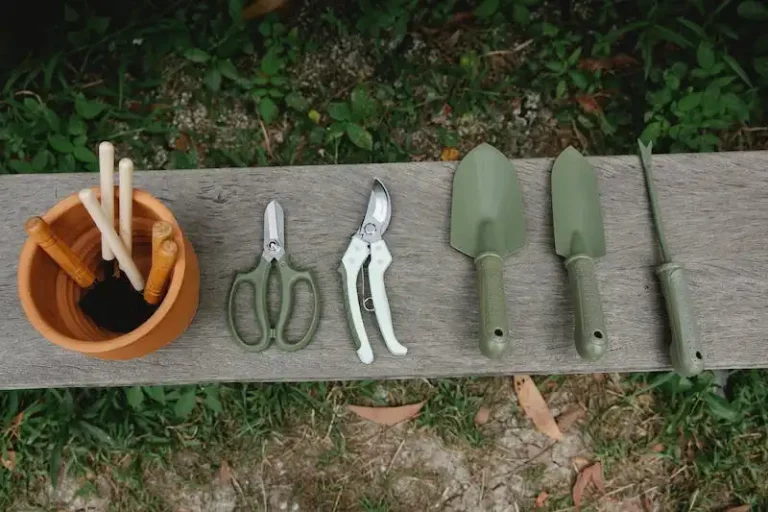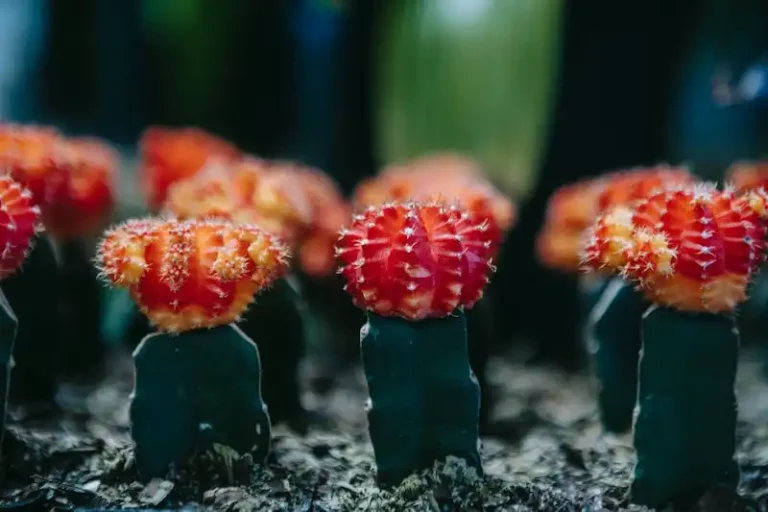The dogwood is a beautiful and popular tree that comes in many different species and varieties. One of the most well-known and loved varieties is the yellow-white flowering cornus florida, which is native to the eastern United States. Its long, showy bracts are a bright yellow-white color, and they begin to appear in the spring, just before the foliage. Another popular variety is the cornus mas, also known as the cornelian cherry. The bright yellow flowers of this variety have a fruity taste and can be used to make fresh preserves.
In the landscape, there are many other dogwood varieties to choose from. The red flowering cornus rubra is a common variety that is often seen in gardens. It has dark red bracts that contrast beautifully with the dark green foliage. Another popular choice is the cornus controversa ‘Variegata’, which has variegated leaves and a graceful, cascading habit. This variety is often referred to as the wedding cake tree because of its layered branches.
For those who prefer smaller varieties, there are dwarf dogwood varieties available as well. The cornus canadensis, also known as the bunchberry or creeping dogwood, is a low-growing plant that forms a compact bush. Its white flowers are followed by red berries, which are a favorite food of many mammals. Another dwarf variety is the cornus pacifica ‘Venus’, which has beautiful white bracts that measure around four inches in length.
When it comes to care, dogwoods are relatively easy to grow. They prefer well-drained, acidic soils and can tolerate some shade. It’s best to plant them in a location that gets morning sun and afternoon shade, especially in areas with hot summers. Once established, dogwood bushes don’t require much maintenance. Pruning should be done in late winter or early spring, before new growth begins.
Dogwood species and varieties are not only beautiful but also beneficial to the environment. They provide food and shelter for many birds and insects, and their bright flowers add color to the landscape. So whether you’re looking for a showy tree for your garden or a compact bush for a small space, there’s a dogwood variety that will fit your needs. Start exploring the many different options and prepare to be amazed by the beauty of these amazing trees!
11 Types of Dogwood Trees and Shrubs for Any Yard
If you’re looking to add some beauty and charm to your yard, consider planting one of the many types of dogwood trees and shrubs available. These plants come in a wide variety of forms, colors, and sizes, making it easy to find one that suits your landscape. Whether you want a compact shrub or a tall tree, there is a dogwood variety that will thrive in your yard.
One popular type of dogwood is the Kousa dogwood (Cornus kousa). This tree has eye-catching white or pink flowers that resemble cherry blossoms and egg-shaped fruit that covers the tree in the fall. It thrives in both full sunlight and partial shade, making it a versatile choice for any yard.
If you’re looking for a dogwood shrub, consider the Pagoda dogwood (Cornus alternifolia). This shrub has attractive branching that stands out in the winter and white flowers that bloom in the spring. Its wide osier-like leaves give it a unique look that adds interest to any landscape.
Another beautiful dogwood variety is the Scarlet dogwood (Cornus sanguinea). This shrub is known for its bright scarlet-colored stems that provide a stunning contrast to its green foliage. It thrives in a wide range of soils and can add a pop of color to any yard.
If you’re looking for a dogwood tree with striking foliage, consider the Wedding Cake tree (Cornus controversa). Its leaves have a fresh green color and a unique tiered structure that resembles a wedding cake. This tree does well in both full sun and partial shade and is sure to be a focal point in any yard.
The Black dogwood (Cornus alba) is another notable option. Its dark bark and compact growth make it a great choice for smaller yards. Add some orange-red leaves in the fall, and you have a tree that is both pretty and easy to care for.
For those who want a dogwood tree that will stand out year-round, the Mountain dogwood (Cornus nuttallii) is a great option. Its large white flowers bloom in June and are followed by red berries in the fall. The leaves turn a beautiful orange color before dropping off in the winter.
These are just a few of the many types of dogwood trees and shrubs that are available. Whether you’re looking for a compact shrub, a tall tree, or something in between, there is a dogwood variety that will enhance your landscape. Regardless of the type you choose, be sure to provide proper care and maintenance to ensure the ongoing beauty of your dogwood plants.
Dogwood Care Tips
When it comes to taking care of dogwood trees, there are a few key things to keep in mind. Whether you have kousa, florida, or another variety, these tips will help you maintain a beautiful and healthy dogwood in your yard.
Sunlight: Dogwood trees prefer partial shade and can tolerate full sunlight in cooler climates. If you live in a hotter region like Florida, it’s best to provide some shade to protect the tree from intense heat.
Moisture: Dogwoods require well-drained soil that retains some moisture. They don’t like to be completely dry, but they also don’t like to sit in water. Be sure to water your dogwood regularly, especially during dry spells.
Planting: When planting your dogwood, choose a location with good drainage and enough space for the tree to grow. Consider the mature height and width of the tree to ensure it has enough room to thrive.
Flowering: Dogwoods are known for their beautiful flowers, particularly the flowering dogwood varieties. The flowers typically bloom in May to June, adding a splash of color to your landscape.
Fruit: Dogwood trees produce oval-shaped fruit that attracts birds and other mammals. If you enjoy wildlife in your yard, don’t remove the fruit. You can also use the fruit to make jams or jellies.
Bark: Dogwood trees have attractive bark, with some varieties showcasing unique colors or patterns. This adds visual interest to your landscape, especially during the winter months when the tree is bare.
Form and Shape: Dogwood trees come in various forms, from compact bushes to tall trees. Some varieties, like the eastern dogwood and the Japanese dogwood, have a broad and rounded shape. Others, like the Siberian dogwood and the cornelian cherry dogwood, are more compact and upright.
Care: Once your dogwood is established, it requires minimal care. Regular watering, mulching, and occasional pruning to maintain a desired shape is usually sufficient. However, if you notice any signs of disease or pest infestation, it’s important to address the issue promptly to keep your dogwood healthy.
Follow these care tips to ensure a thriving and beautiful dogwood tree in your landscape. For more information and assistance, click here for advice from experts at a dogwood nursery or contact your local gardening professional.
Dogwood species and varieties the most beautiful Cornus varieties
Cornus, also known as dogwood, is a diverse group of plants that includes various species and varieties. Among them, some are known for their stunning beauty and attractive features. Here are some of the following dogwood varieties that stand out in terms of their visual appeal:
| Variety | Features |
|---|---|
| Cornus alba | White fruit, red twig color |
| Cornus canadensis | Compact form, white flowers |
| Cornus florida | Large, showy flowers |
| Cornus japonica | Colorful, edible fruit |
| Cornus kousa | Four-season interest, red fruit |
| Cornus nuttallii | White flowers, red or purple fall foliage |
| Cornus venus | Large flowers, compact growth |
These dogwood varieties can be found in various nurseries, and depending on your climate zone, some may be more suitable for your yard than others. It’s important to consider factors like sunlight, moisture, and well-drained soil when planting these trees.
When it comes to care and maintenance, dogwoods are relatively low-maintenance plants. Pruning can be done to shape and maintain the plants, and it’s best to prune them during their dormant period in the winter. They are also adaptable to a wide range of soils, but be mindful of their moisture needs.
In terms of their nature, dogwoods are slow-growing and heat-adaptable. Some varieties, like Cornus alba, bear fruit that is loved by birds, making them a great addition to bird-friendly landscapes. The four-season interest provided by varieties like Cornus kousa and the stunning flower display of Cornus venus make them particularly popular choices.
To identify these dogwood varieties and learn more about their specific features, colors, and growth forms, you can click on the respective species in the table above.
In conclusion, the dogwood family offers a wide range of beautiful and visually appealing varieties. Whether you are looking for stunning flowers, attractive foliage colors, or bird-attracting fruit, there is a dogwood variety out there that can take your yard to the next level.
How many dogwood varieties and species are there
There are a wide variety of dogwood species and varieties found in different parts of the world. Dogwood trees are native to eastern Asia, including Japan, as well as areas of North America and Europe.
There are approximately 11 species of dogwood, including the Cornus mas, Cornus Officinalis, and Cornus Variegata. These species come in various shapes and sizes, with some growing as tall trees and others as smaller shrubs. The Cornus kousa species, for example, is a popular dogwood shrub that can grow up to 12 feet tall.
Each species of dogwood has its own unique characteristics. The Cornus Variegata, for instance, is known for its beautiful variegated foliage, while the Cornus mas stands out with its vibrant yellow-white flowers that bloom in late winter to early spring.
There are also numerous varieties within each species, offering even more options for dogwood enthusiasts. Some of the most popular varieties include the Cornus alba and Cornus sanguinea, both of which are prized for their elegant winter branching and vibrant red stems.
When it comes to planting dogwood, they can be grown in a wide range of soil types, and most species are adaptable to different moisture levels. However, it is important to provide regular watering, especially during dry periods.
While dogwoods can tolerate full sunlight, they prefer partial shade, especially in hotter regions. Proper care, including pruning when necessary and shaping the tree or shrub, can help maintain a healthy and attractive dogwood.
In many gardens, dogwoods are planted for their ornamental value. They provide beautiful blooms in spring and attract wildlife with their delicious fruit. Dogwoods are also popular choices for wedding decorations, with their delicate flowers and elegant bracts lending a romantic touch to any occasion.
Overall, dogwoods are a stunning addition to any landscape. With their wide variety of species and beautiful characteristics, there is a dogwood for every location and preference. Whether you choose a compact dwarf variety or a taller tree with a broad habit, dogwoods are sure to enhance your outdoor space.
| Common Dogwood Species | Scientific Name |
| Japanese dogwood | Cornus kousa |
| Pacific dogwood | Cornus nuttallii |
| Chinese dogwood | Cornus chinensis |
| European dogwood | Cornus sanguinea |
| Red osier dogwood | Cornus sericea |
| Pagoda dogwood | Cornus alternifolia |
| Korean dogwood | Cornus controversa |
| Flowering dogwood | Cornus florida |
| Canadian dogwood | Cornus canadensis |
| Giant dogwood | Cornus controversa |
| Japanese cornel | Cornus officinalis |



